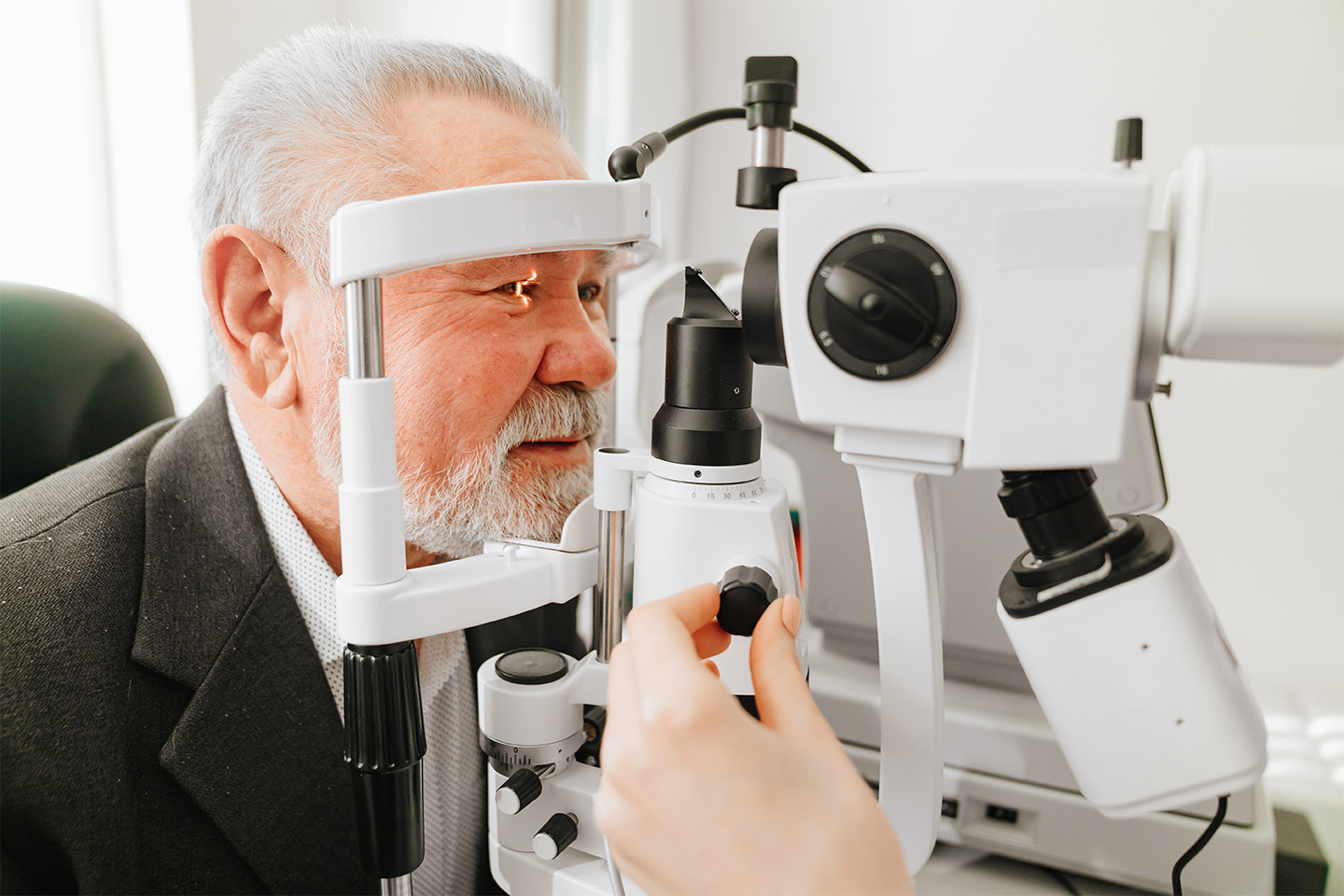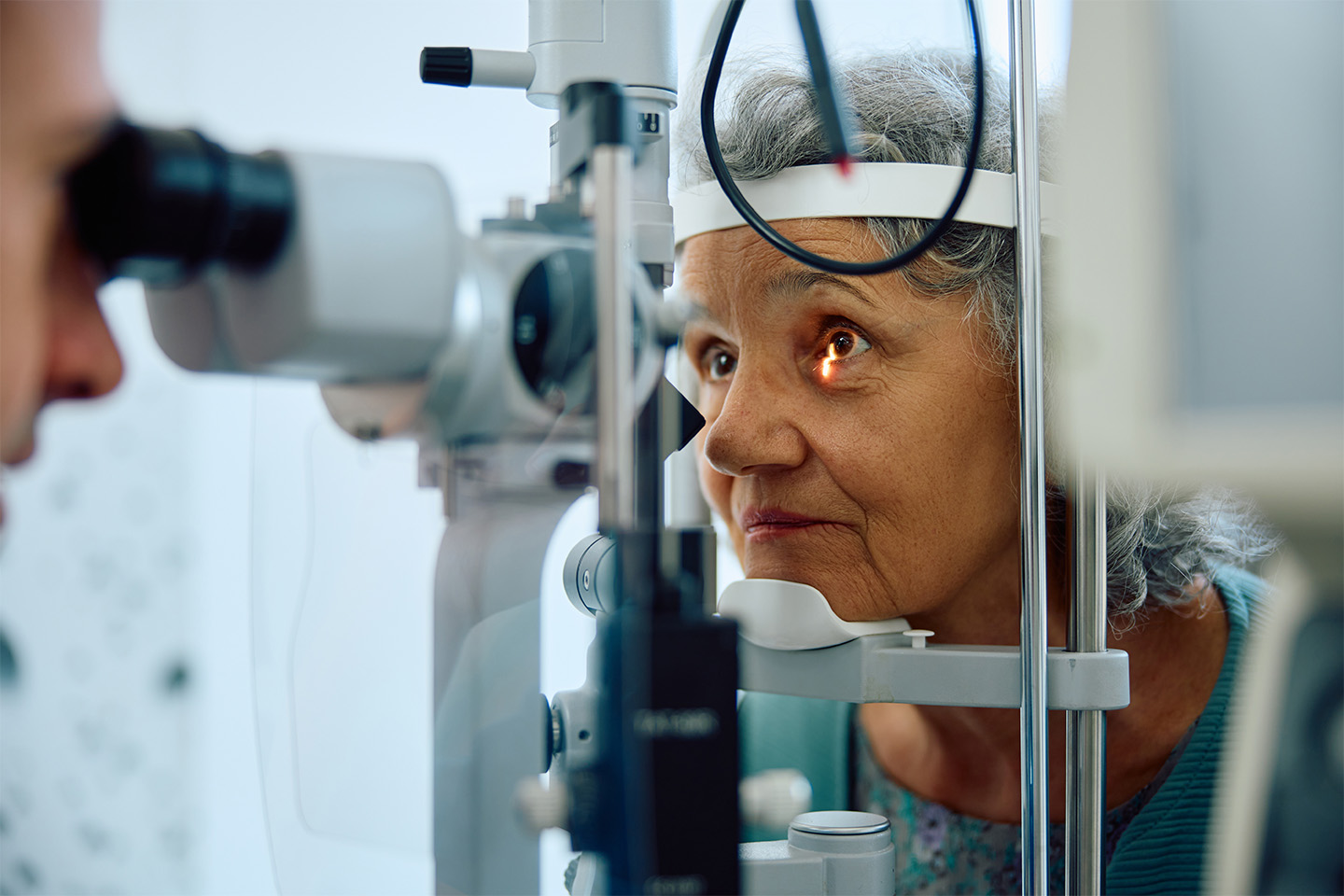PRK or LASIK: Which Is Better for Me?

Are you considering refractive surgery to improve your vision and enhance your quality of life? At ICON Eyecare, we offer several vision correction options that may fit your unique needs and goals, including photorefractive keratectomy (PRK) and laser-assisted in situ keratomileusis — more commonly known as LASIK. Both are common surgical options that can correct refractive conditions like astigmatism, myopia (nearsightedness), or hyperopia (farsightedness) by reshaping the cornea. So, how do they compare, and how do you know which is better for you? Let’s take a look.
Surgical Techniques
PRK and LASIK both involve a surgeon reshaping the cornea to help you see more clearly; the difference is how the cornea is accessed.
- With LASIK, your expert ICON Eyecare surgeon uses a laser to create a small flap on the cornea. Then, another laser reshapes the corneal surface based on your particular refractive condition. The laser treatment itself is incredibly quick — lasting only seconds — and the whole procedure takes an average of 15 minutes.
- PRK does not require a flap to be created. Instead, the surgeon removes the cornea’s thin outer layer to access deeper layers and then reshapes the cornea using a computer-guided laser. The outer layer grows back during the healing process. A soft contact lens is inserted to act as a bandage during healing. The procedure takes approximately 10 minutes for each eye.
Recovery Time
- LASIK offers the advantage of a quicker recovery time — typically only a few days — and most patients experience little to no discomfort. In some rare cases, recovery can take up to a week. Patients often report clear vision immediately following surgery. Most people are able to return to work and other normal activities, including driving, the following day.
- PRK recovery, on the other hand, can take up to four weeks. Vision will gradually become clearer during this period versus the more immediate results often achieved with LASIK. Some patients may experience mild to moderate discomfort in the 24 to 36 hours after surgery. Eye drops and oral pain relievers can be used to help manage this discomfort.
Side Effects
While both PRK and LASIK are considered safe and effective, side effects and potential risks are possible with any surgical procedure. These often vary depending on the individual.
- LASIK may have slightly more risk because of the corneal flap. Blunt-force trauma can potentially dislodge the flap, a circumstance that would require surgery to correct it. LASIK may also occasionally contribute to dry eye, glare, starbursts, and halos in some patients.
- PRK patients may also experience dry eye as a side effect, as well as over- or undercorrection, regression, corneal haze, or decentration.
Who Is a Candidate?
- LASIK candidates are typically younger in age, ranging between 18 and 39, with no drastic change to their corrective lens prescription in the past year. Candidates typically have no underlying eye conditions, like glaucoma, cataracts, or severe dry eye. Our helpful LASIK self-test can help you determine if LASIK may be right for you.
- PRK candidates are typically older than LASIK candidates (around 40 to mid-50s) and have thinner corneas or severe dry eyes. PRK may also be the preferred option for previous LASIK patients who now require an enhancement due to a change in a refractive condition.
Which Option Is Right for Me?
Choosing between PRK and LASIK depends largely on your unique eye health and vision needs. At ICON Eyecare, we’re committed to providing high-quality eye care using the most advanced technology. Our expert team will conduct a comprehensive eye exam to determine the health of your eyes and help you explore your options. Request an appointment today to learn if PRK or LASIK is right for you.
Request An Appointment.
Give us a phone call at (970) 256-0400 Monday – Friday, 8am-5pm to schedule a consultation.










 (970) 256-0400
(970) 256-0400